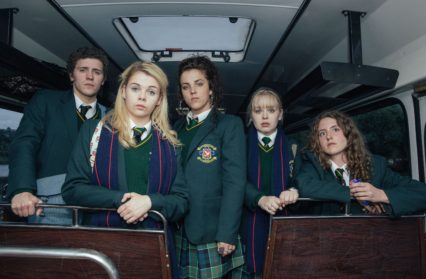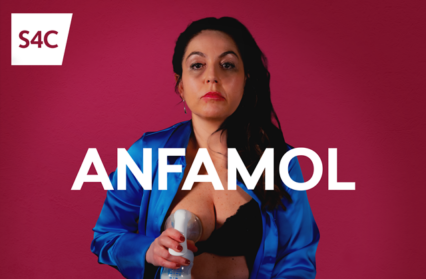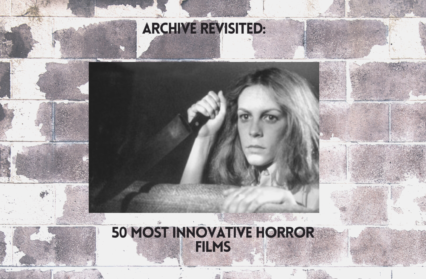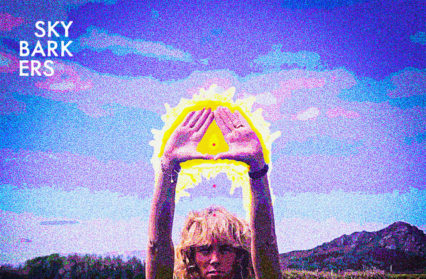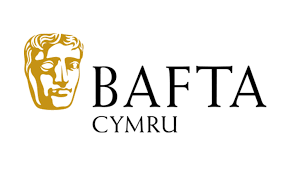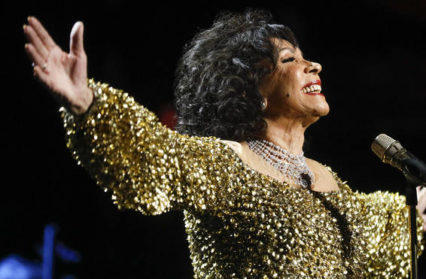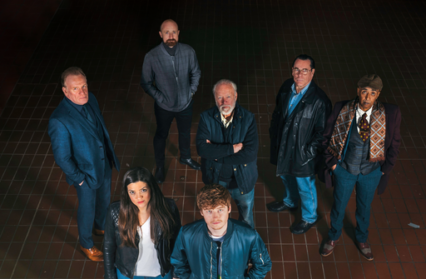Siobhan Denton examines the critical success of Derry Girls, and asks what it might take for such a progressive representation of Welsh teenagers to hit the small screen.
Derry Girls, broadcast on Channel 4 last month, deservedly received much acclaim. The series, following the various exploits of a group of four girls and a male cousin as they negotiate their way through the myriad of complexities of teenage-hood, has demonstrated an ability to engage with a wide-ranging generation of viewers. It is impressive that the series has, despite its teenage central narrative, managed to connect with such an age range. The series has arguably been able to achieve this through its engendering and evocation of a specific time, place, and emotion. The experience of being a teenager is universal, and one that almost all viewers will find both recognisable and relatable.
This very simple central conceit immediately helps the series to engage, but this alone is not enough. Series like The Inbetweeners focused on the teenage experience, but in filtering it so much through the teenage perception often served to simply isolate the older viewer. Derry Girls is able to continue engagement in rooting this experience in a specific time period, that of the ‘troubles’ during the 1990s. Thus, contemporary viewers relate to the teenage experience, while older viewer relate to the experience of the time. This link to time, particularly nostalgia, is undeniably powerful, and arguably, the extent of its power does not always register with viewers. Rather, its emotional connection is simply subsumed by the viewer. Derry Girls’ ability to conjure such emotions again works on multiple levels. Some viewers will simply enjoy the opportunity to reminisce about life as a teenager in the 1990s, for others, this emotional connection runs deeper, reminding those inhabitants of Northern Ireland of a very specific, and tangible time and experience.
What became apparent to me when watching Derry Girls, particularly given its reception and its ability to root an experience in a notable cultural and political moment, was its lack of an equivalent in Wales. Series such as Stella and Gavin and Stacey, largely perceived as equivalent series in their representation of nationality, have for audiences (particularly those outside of Wales) become synonymous with the idea and identity of ‘Welshness’. In comparison, Derry Girls is a specific representation of teenage girls in Derry at a particular time. It is not trying to encompass all that it is to be Northern Irish youth.
Derry Girls is so successful because of its ability to mesh universality of experience with a specificity of time and place. The teenage experience may be largely collective, but the experience of being a teenager in Derry in the early 1990s is utterly precise. Why then, have writers not capitalised on rendering the Welsh teenage experience onscreen in a manner that connects comedically, while still offering political commentary? Welsh education and media institutions are regularly criticised for its lack of focus on explicitly Welsh culture and history, and this criticism emphasises the importance and need for a Welsh equivalent of Derry Girls.
Given the number of social, political and cultural events that would offer a viewer an insight into living in a specific period as a Welsh youth, it seems apparent by the very lack of production. Once again it would appear that such opportunities to politicise such events are, largely, rendered only suitable for drama. In such a representation, the intended drama serves to disassociate the viewer, with the narrative feeling at odds with reality through a genre production. It must be noted then, that in the production and success of Derry Girls, it is clearer than ever that a specific and informed Welsh media representation is needed. One that does not serve to present its audiences with caricatures, but instead, highlights a moment imbued with pathos. Welsh media needs to develop characters that are living, breathing representations of moments in Welsh history and life.


